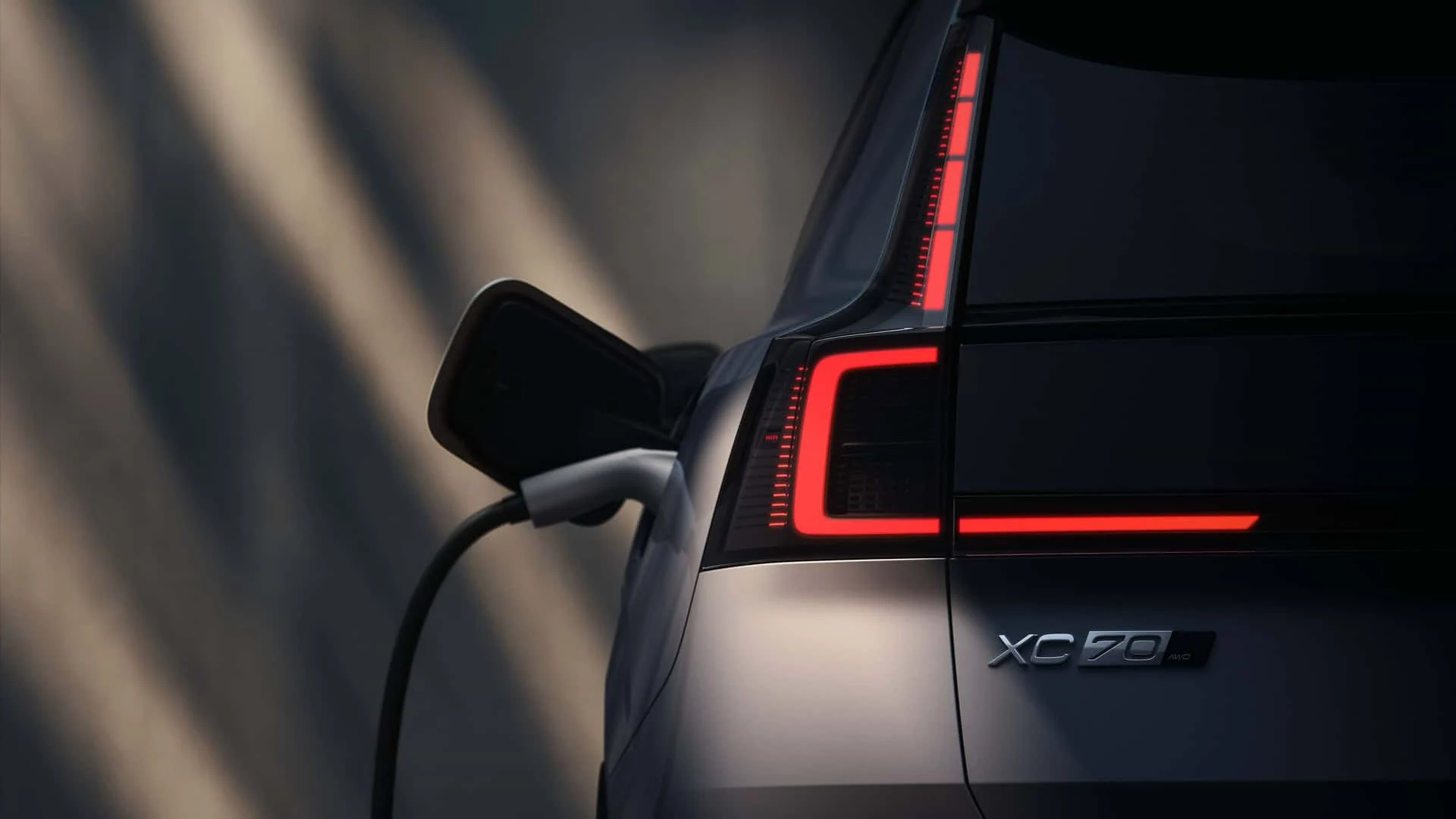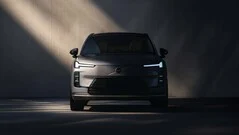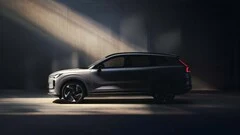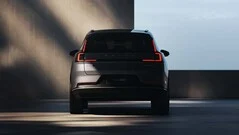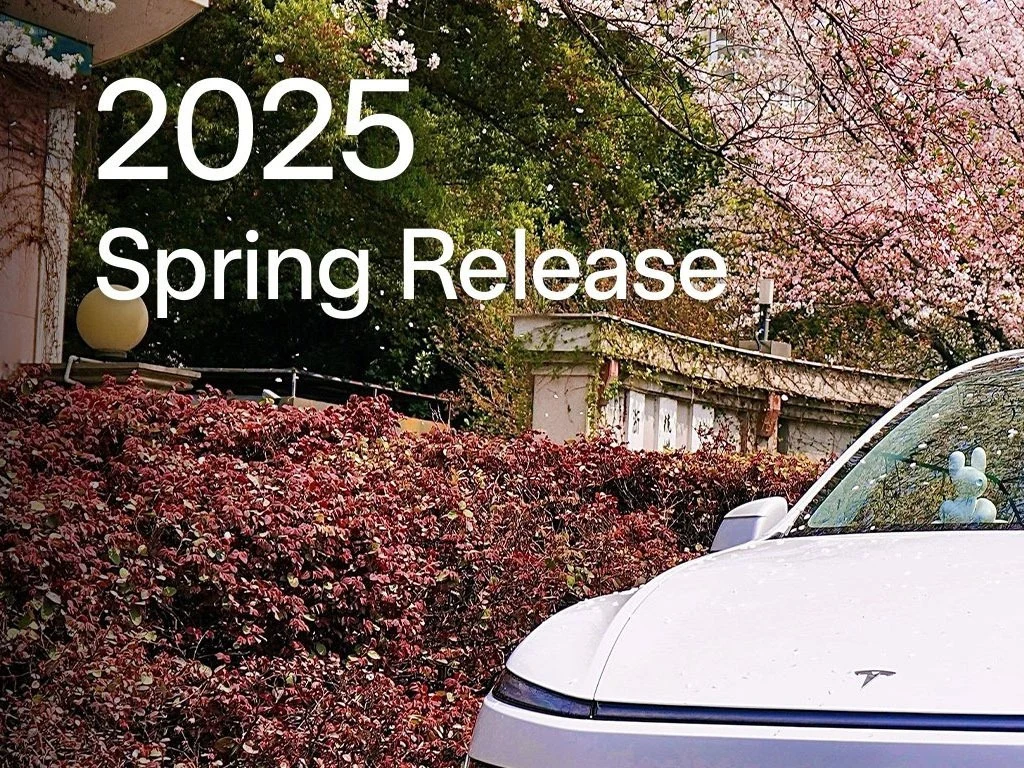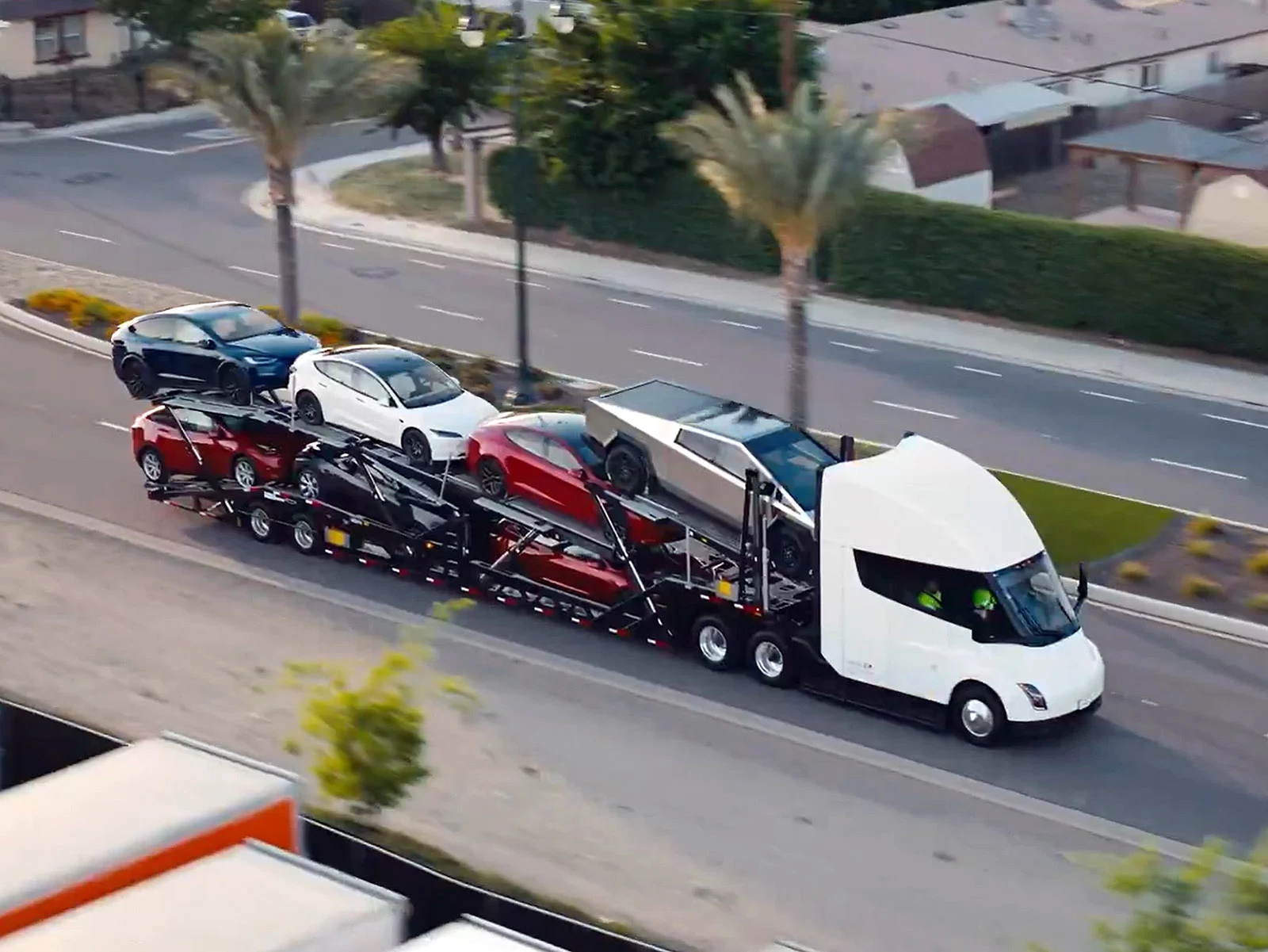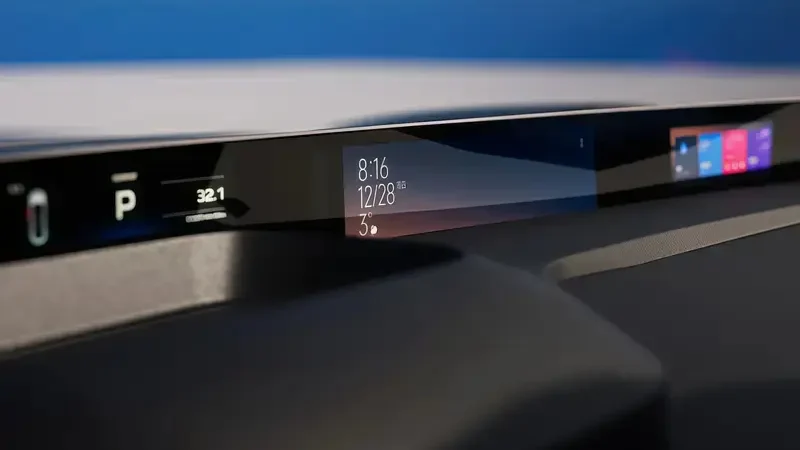Key Takeaways
1. New Model Introduction: Tesla has launched the Model Y Long Range RWD trim, priced lower than the existing AWD version.
2. Enhanced Range: The Long Range RWD offers a range of 357 miles per charge, 30 miles more than the AWD model, making it the longest range Model Y to date.
3. Acceleration Performance: The RWD variant has slower acceleration (0-60 mph in 5.4 seconds) compared to the AWD (4.6 seconds), but the difference is minimal due to its lighter weight.
4. Identical Features: The RWD model shares the same specifications as the AWD version, including heated seats and acoustic glass windows, but at a lower cost.
5. Pricing: The starting price for the Model Y Long Range RWD is $44,990, which can be reduced to $37,490 with the federal tax credit.
Tesla has unexpectedly introduced a new version of the Model Y in its order system, known as the Long Range RWD trim. This trim is priced lower than the only available AWD Model Y, which has been available since the original $60,000 Launch Series edition.
Not the Smaller Version
The Model Y Long Range RWD is not the more affordable, smaller version anticipated to arrive later this year, which will feature cloth seats and a smaller battery. Instead, it is simply a single-motor variant of the dual-motor AWD Model Y, lacking an electric drive unit at the front. While this reduces its off-road capabilities and acceleration performance, it lightens the vehicle, enabling it to travel further on a single charge.
Impressive Range
As noted, the new Model Y RWD trim boasts the longest range per charge of any Model Y to date. According to Tesla, EPA testing indicates a range of 357 miles, surpassing the existing Model Y AWD record by 30 miles. The earlier Model Y RWD had a smaller LFP battery and was only capable of 260 miles.
The efficiency gains and aerodynamic improvements from the recent Juniper facelift have propelled the RWD trim to the forefront of the Model Y lineup. It shares the same battery size as its AWD counterpart but is lighter. This setup enables it to add 182 miles of range in just 15 minutes at a Tesla V3/V4 Supercharger, compared to 169 miles for the heavier AWD model.
Slightly Slower Acceleration
It goes without saying that the single-motor 2026 Model Y Long Range RWD is a bit slower in acceleration compared to the AWD version. It achieves 0-60 mph in 5.4 seconds as opposed to the 4.6 seconds of the AWD model, but this difference is hardly significant. The lighter weight of the RWD trim means the acceleration difference is under a second, even without the second electric motor.
Tesla has set the price of this electric motor at exactly $4,000, which is how much less the 2026 Model Y Long Range RWD costs when compared to the AWD version. The starting price for the Model Y RWD is $44,990, which includes 19-inch Crossflow Wheels that contribute to its outstanding range.
Specifications and Features
The rest of the specifications for the Model Y RWD are identical to the AWD model. It features heated and ventilated front seats, a heated rear bench that folds automatically, and dual-layer acoustic glass windows that enhance the experience of the 15-speaker sound system, complete with one subwoofer.
An automatic trunk door and a newly designed quieter suspension system are also included as standard features. This means that for those who do not require AWD, the lower price of the Model Y RWD starts at $37,490, especially if the federal tax credit is applied while it’s still available.
Source:
Link


